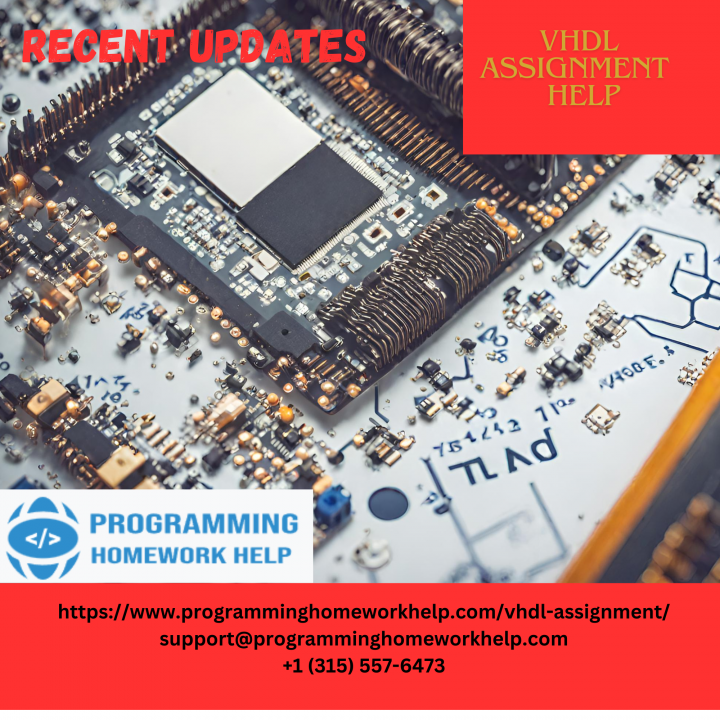As we reflect on the continuous evolution of VHDL over the past year, it's an opportune moment to delve into the realm of digital design and explore the noteworthy developments that have transpired in this dynamic field. While I don't have real-time capabilities to provide the latest news, I aim to highlight key trends and advancements that have shaped the landscape of VHDL, especially in the context of students seeking VHDL assignment help .
The Evolution of VHDL:
VHDL, or VHSIC Hardware Description Language, has been a cornerstone of digital design, offering students a powerful tool for describing and simulating the behavior of electronic systems. Over the years, VHDL has evolved to keep pace with technological advancements, making it a crucial language in the development of complex integrated circuits and FPGAs.
Recent Trends and Innovations:
Enhancements in VHDL Standards: VHDL standards continue to evolve, with updates and refinements aimed at improving the language's usability and functionality. This is particularly crucial for students navigating VHDL assignments, ensuring they work with the latest standards in their academic endeavors.
Increased Integration with FPGA Platforms: With the growing popularity of Field-Programmable Gate Arrays (FPGAs), VHDL has become even more integral to the hardware design process. Recent developments focus on strengthening the integration between VHDL and FPGA platforms, offering students a more practical and hands-on experience in their coursework.
Community Collaboration and Knowledge Sharing: Online communities and forums dedicated to VHDL and digital design have witnessed increased collaboration and knowledge sharing. This is especially beneficial for students seeking VHDL assignment help, as they can tap into the collective wisdom of the community to troubleshoot challenges and gain valuable insights.
Advancements in Simulation and Verification: Simulation and verification play a pivotal role in the design and testing phases of electronic systems. Recent developments in VHDL have seen improvements in simulation tools and methodologies, empowering students to more effectively validate their designs before moving to the implementation stage, a critical aspect of their academic assignments.
Looking Ahead:
As we celebrate one year of progress in VHDL, the future appears promising for this robust hardware description language. The continued collaboration within the VHDL community, coupled with advancements in standards, integration with FPGA platforms, and simulation techniques, positions VHDL as a key player in the ever-evolving landscape of digital design—providing students with a solid foundation for their academic and future professional endeavors.
Engineers, researchers, and students alike can anticipate further innovations and refinements that will shape the next generation of electronic systems. Whether you're a seasoned professional or a student seeking VHDL assignment help, staying engaged with the community and remaining abreast of the latest developments will undoubtedly contribute to your success in the exciting world of digital design.
In conclusion, let's raise a virtual toast to VHDL's enduring legacy and the strides made over the past year, particularly acknowledging its significance in the educational journey of students seeking to master this indispensable language. Here's to many more years of innovation, collaboration, and breakthroughs in the world of hardware description languages!
